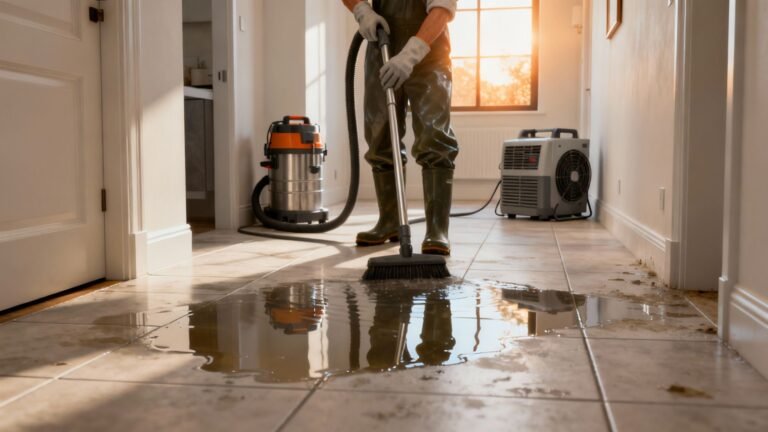
Your Guide to Emergency Water Cleanup at Home
When you find yourself standing in water inside your home, the clock starts ticking. Those first 30 minutes are absolutely
A water damage insurance claim moves faster—and pays better—when you act quickly and document precisely. In Los Angeles, insurers expect proof of a sudden, accidental cause, clear photos and videos, moisture readings, and a professional mitigation scope. This intro walks you through the first hour, what to save vs. toss, and how to talk to the adjuster without hurting your case. Use it as a checklist to protect coverage, avoid common denials, and streamline your water damage insurance claim from notice to payout.
A water damage insurance claim is your formal request for payment after a sudden, accidental water event harms your home. It can cover building materials (drywall, flooring, ceilings, cabinets) and personal property (furniture, electronics, appliances), plus mitigation work like extraction, drying, and antimicrobial treatment—subject to your policy terms.
Policies differ. An HO-3 (most common) and an HO-5 (broader, fewer exclusions) use different language, and add-on endorsements change outcomes. Common riders include mold, water backup/sump overflow, code upgrade (ordinance or law), and extended replacement cost. Read your declarations page and endorsements to know exact limits, sublimits, deductibles, and documentation requirements.
Insurers classify losses by water quality and source: Category 1 (clean supply), Category 2 (significantly contaminated—e.g., dishwasher discharge), and Category 3 (“black water” such as sewage). Coverage and required procedures escalate with higher categories. Most base policies exclude sewer or drain backups unless you carry a specific water-backup endorsement, and delays in mitigation can trigger denials or mold sublimits.
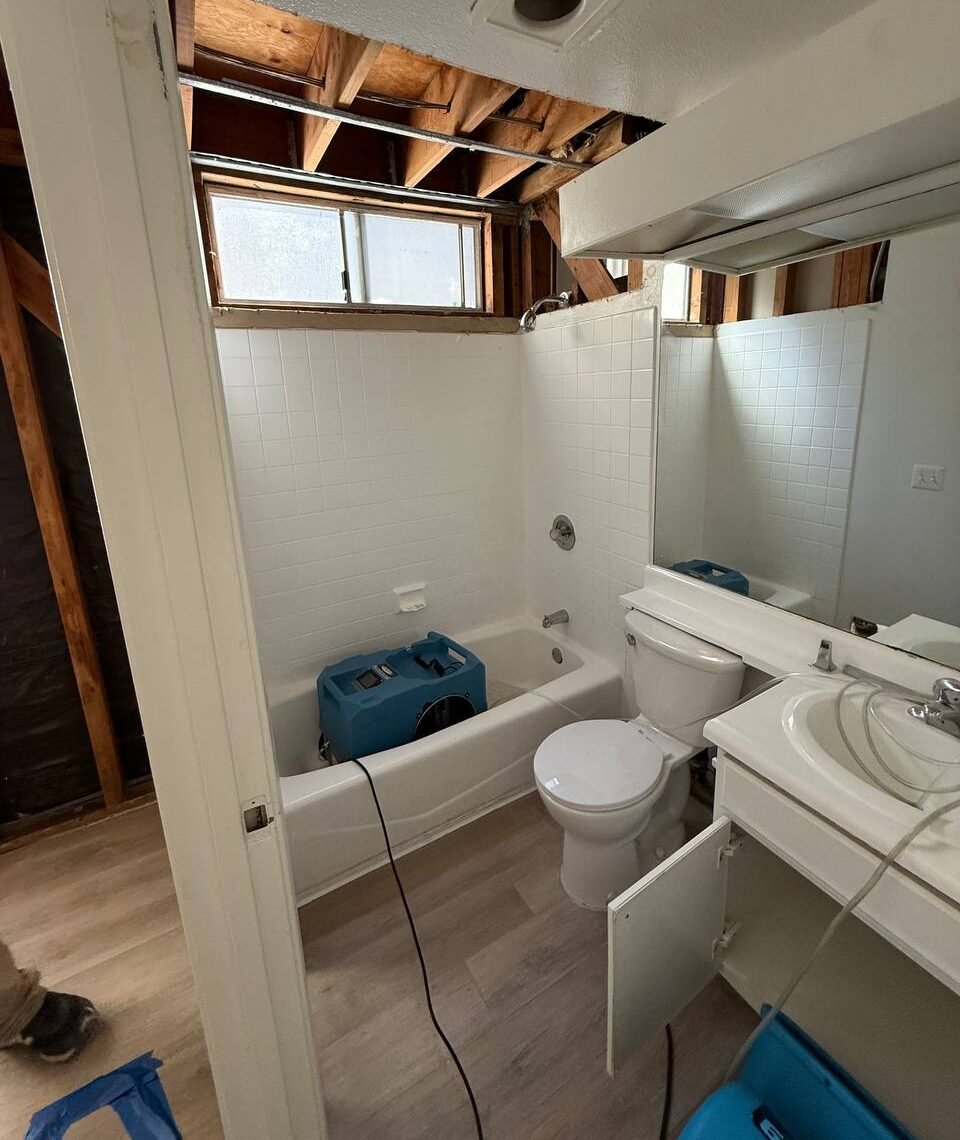
Coverage generally applies when water intrudes quickly and unexpectedly—no long-term seepage, no deferred maintenance. Think burst supply lines, failed valves, overflowing appliances, or AC condensate overflows. Act fast: stop the source, document with photos/video, and start professional mitigation to preserve coverage.
When a pressurized line ruptures without neglect, carriers typically cover resulting damage to walls, floors, cabinets, and contents, plus mitigation (extraction, dehumidification, antimicrobial). The pipe repair itself may be limited or excluded. Strengthen your file with a plumber’s report confirming a sudden failure and IICRC-compliant drying logs.
If wind, hail, or impact creates an opening and rain enters, interior water damage is often covered. Replacing an old or worn roof usually isn’t. Document the storm date, take exterior/interior photos, and note any temporary tarping or board-up; this shows you mitigated promptly and helps avoid “wear-and-tear” denials.
Dishwashers that overflow, washing machine hose blowouts, refrigerator ice-maker line breaks, and failed angle stops are classic “sudden and accidental” scenarios. Coverage is unlikely for slow drips, deteriorated seals, or long-known leaks. Save owner’s manuals/receipts if handy, and capture time-stamped photos of standing water, affected materials, and shutoff actions.
Once your water damage insurance claim is accepted, carriers typically fund the items below—subject to limits, deductibles, and endorsements.
If the home is uninhabitable, ALE can reimburse hotel or rental costs, meals, parking, laundry, and pet boarding until repairs make the space livable again. Keep all receipts.
Many policies allow immediate lodging after a covered loss. Save invoices and note claim number, dates, and reason (“unsafe due to water damage”) on each receipt.
Furniture, rugs, electronics, clothing, and appliances may be covered. Payout type matters: ACV (Actual Cash Value) subtracts depreciation; RCV (Replacement Cost Value) pays to replace with new after proof of purchase.
Professional inventory, packing, cleaning, and secure storage of belongings while mitigation/rebuild occurs are commonly covered when necessary to protect items.
Extraction, HEPA vacuuming, dehumidification, air movement, antimicrobial application, and daily moisture logs following IICRC standards. Fast mitigation protects coverage and helps avoid mold limits.
Tear-out and replacement of affected drywall, insulation, flooring, baseboards, trim, paint, and cabinetry to return the home to pre-loss condition where damage is proven.
If matching damaged sections is impossible, many carriers pay for reasonably uniform replacement of connected cabinet runs and associated countertops.
Dishwashers, refrigerators, laundry units, and HVAC components damaged by the event may be covered; wear-and-tear failures are not.
Wallpaper, stone, tile, custom textures, and other finishes directly affected are typically included when documented with photos and scope notes.
If you have this endorsement, upgrades needed to meet current code (e.g., GFCI outlets, proper venting, fire-blocking) can be reimbursed beyond basic like-kind repair.
Hauling, dump fees, and environmental fees for unsalvageable materials are usually reimbursable when tied to the covered loss.
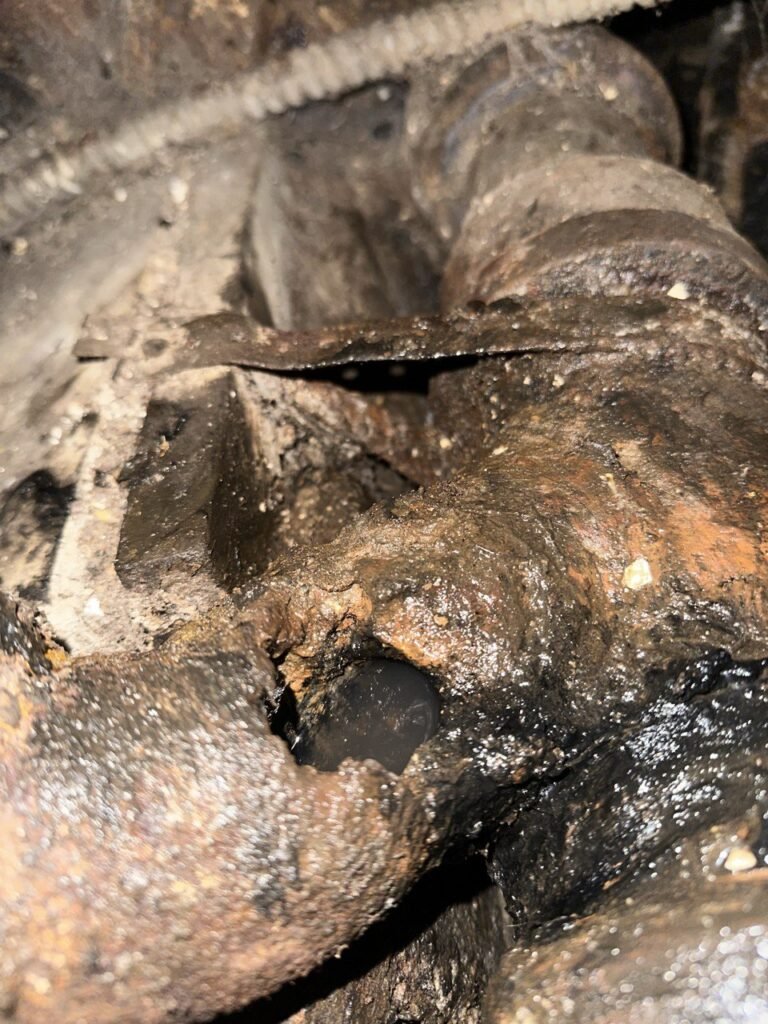
Even solid policies have carve-outs. Spot these early to avoid surprises during a water damage insurance claim.
Slow drips under sinks, shower pan seepage, failed caulk, or long-term humidity are typically deemed maintenance, not a covered loss. Insurers expect timely repairs and routine upkeep.
Rising water from outside—storm surge, overflowing rivers, saturated soil—falls under flood, which standard homeowners policies exclude. Separate FEMA/NFIP or private flood insurance is required for that peril.
Raw sewage or drain line backups are usually excluded unless you’ve added a water backup endorsement. Without it, cleanup, sanitation, and damaged finishes are commonly denied.
If mitigation is delayed and mold develops, carriers can deny or strictly limit payment. Even when linked to a covered event, mold often has low sublimits (frequently $5,000–$10,000) and stricter documentation requirements.
Old roofs, corroded pipes, failing grout, or improper installation are categorized as wear-and-tear or workmanship issues—not sudden and accidental. Resulting damage is commonly excluded.
Shut off the source and electricity (if unsafe, wait for a pro).
Photograph and video every affected area before cleanup.
Save receipts for emergency expenses (hotel, supplies, plumbing).
Call an IICRC-certified mitigation company for same-day service.
Start moisture readings and daily logs to support your water damage insurance claim.
Have a written scope/estimate (Xactimate), moisture map, and drying logs prepared.
Keep damaged materials on site until the adjuster sees them.
Walk the adjuster through cause, extent, and rooms affected; note all finishes and contents.
Notify your insurer immediately; get a claim number.
Provide date/time, cause of loss, rooms/materials affected, and any plumber’s report.
Upload documentation (photos, videos, invoices, readings) to the carrier portal or send to your adjuster.
Do not discard items until after inspection unless directed in writing.
We’ll Guide You Through Your Insurance Claim
Waiting days to report or begin mitigation.
Making permanent repairs before the adjuster visit.
Vague scopes with no moisture readings or daily logs.
Throwing away wet materials without photos, serial numbers, or proof of loss.
High-resolution photos and videos of every room, surface, and item (before, during, after mitigation).
Moisture readings and daily logs (meter model, locations, dates, grain depression).
Receipts for emergency mitigation, temporary lodging, meals, supplies, and plumbing.
Inventory of damaged contents with brand, model, age, and estimated replacement cost.
Xactimate estimate with line items, measurements, and notes tied to photos.
Cause-of-loss proof (plumber’s report, roofer note, weather data for storm dates).
Pair each document with a clear filename and timestamp. Organized evidence shortens a water damage insurance claim.
IICRC-certified contractors follow S500 practices, generate moisture maps, equipment logs, and containment notes, and speak the adjuster’s language. That reduces pushback, re-inspections, and “insufficient documentation” denials.
Ask your carrier (or check your declarations page) for:
ALE/Loss of Use: Hotels, rentals, meals, laundry, pet boarding while the home is uninhabitable.
Ordinance or Law (Code Upgrade): Pays for required code improvements beyond like-kind repair.
Mold/Fungi Sublimits & Endorsements: Know the dollar cap and documentation required.
Small endorsements can be the difference between partial reimbursement and full recovery.
For large, complex, or disputed losses, a licensed public adjuster can manage the claim, assemble proofs, and negotiate with the insurer for a percentage fee. Interview candidates, confirm state licensing, and demand a written scope of services aligned to your water damage insurance claim timeline.
Most water damage insurance claim files run 30–60 days from notice to payment, assuming prompt mitigation and clean documentation. Large or complex losses (multiple rooms, custom finishes, code upgrades) can extend longer due to re-inspections, supplements, or specialty estimates.
Your deductible is applied first—insurers subtract it from approved amounts before issuing payment. Watch for sublimits that cap specific categories, commonly:
Mold/fungi: often $5,000–$10,000
ALE (loss of use): daily or total caps
Debris removal: separate dollar limit
Check your declarations page and endorsements so you don’t overpromise the rebuild budget.
ACV (Actual Cash Value): Pays today’s value minus depreciation for age/use. Older flooring, cabinets, or electronics net less.
RCV (Replacement Cost Value): Pays what it costs to buy/replace new, typically after you provide proof of completed repairs or purchases.
Many policies are RCV with holdback—you receive ACV first, then the depreciation holdback once work is done and receipts are submitted.

Pete Mantizian is the dedicated owner of Onsite Pro Restoration. He is driven by a passion to improve living conditions and prevent health issues caused by improper restoration. With over 10 years in construction and 7 years in restoration, Petros has managed projects for major franchises like Serv-Pro and 911 Restoration. He holds certifications in Applied Structural Drying, Microbial Remediation, and more. Committed to excellence, Petros ensures every project is done right the first time. Outside of work, he cherishes time with his loving wife and two children, balancing his fulfilling career with creating lasting family memories.
Share
Water damage is stressful, but a well-prepared insurance claim can restore both your home and peace of mind. Coverage hinges on whether the cause was sudden and accidental, how quickly you respond, and how well you document. Knowing what your insurer will and won’t cover, filing promptly, and working with professionals ensures you maximize your benefits.

When you find yourself standing in water inside your home, the clock starts ticking. Those first 30 minutes are absolutely
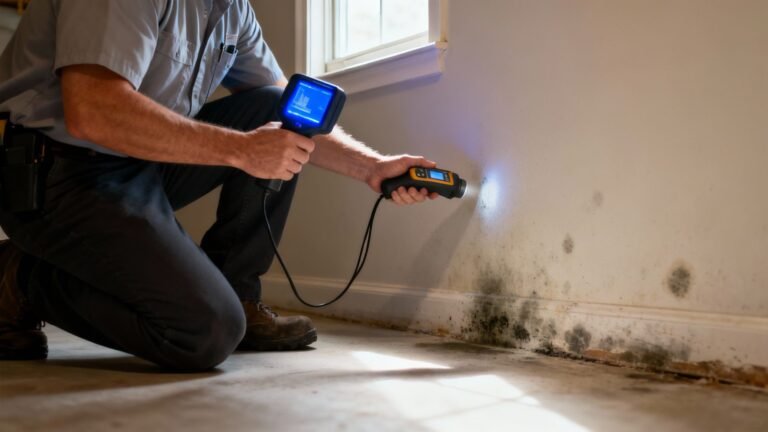
That musty smell in your basement you can't quite place, or that dark spot spreading on the ceiling after a
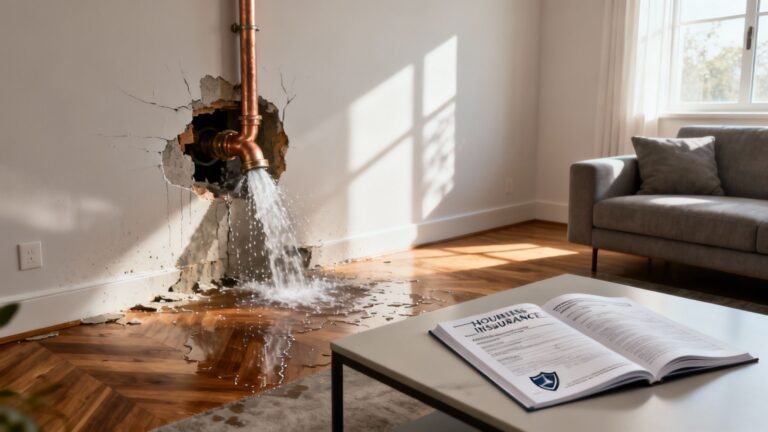
Wondering if homeowners insurance covers burst pipes in California? This guide explains when water damage is covered, what exclusions apply,